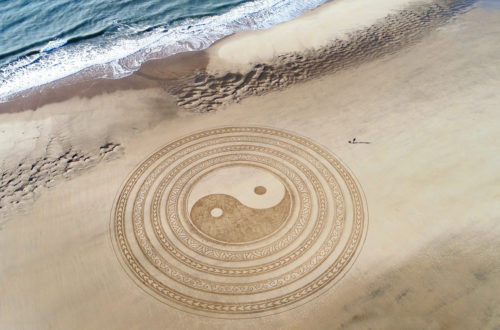
Understanding Consciousness: A Scientific Journey Illuminated by Ho’oponopono
1. The Puzzling Nature of Consciousness
Scientific Standpoint: Exploring how physical systems give birth to subjective experience is one of the grand challenges of science. We know consciousness exists, but how does it emerge from physical processes?
Ho’oponopono Perspective: Consciousness, according to ho’oponopono, is more than a mere byproduct of physical reactions. It’s a realm filled with memories or “data” that can influence our experiences and reactions. By acknowledging and cleansing this data, we can achieve clarity in our conscious experiences.
2. Challenges in Understanding Conscious Experience
Scientific Standpoint: The brain, with its billions of neurons, is a masterful architect of conscious experience. But pinning down how these physical components birth consciousness remains elusive.
Ho’oponopono Perspective: While science might dissect the brain’s workings, ho’oponopono provides a holistic tool for understanding. It suggests that spiritual cleaning can help harmonize the relationship between the brain and consciousness.
3. Human Credulity and Subjectivity
Scientific Standpoint: As creatures of cognition, our beliefs can sometimes cloud objective judgment. This bias underscores the challenge of differentiating between internal experiences and external reality.
Ho’oponopono Perspective: This practice recognizes the influence of memories (data) on our perceptions. By cleansing these, we move closer to a clear understanding, unclouded by past experiences.
4. Necessity for a New Theory
Scientific Standpoint: As our knowledge evolves, it becomes apparent that current theories might fall short in encapsulating the entirety of consciousness.
Ho’oponopono Perspective: Rather than a new theory, ho’oponopono offers a method. It provides a spiritual process for navigating consciousness, focusing on continual cleansing and personal responsibility.
5. Consciousness and Individuality
Scientific Standpoint: Consciousness is a defining factor of individuality, shaping the unique entities within the universe. But how do they interconnect?
Ho’oponopono Perspective: Ho’oponopono posits that cleansing memories and data can lead us to our true selves, fostering a harmonious existence within the universe.
6. The Active Role of Perception
Scientific Standpoint: Perception isn’t a passive intake of sensory data. It’s predictive, shaped by both external input and internal frameworks.
Ho’oponopono Perspective: This practice acknowledges the profound influence of memories on perceptions. Through cleansing, we can refine these perceptions, aligning them with our present reality.
7. Emotions and the Brain
Scientific Standpoint: Emotions, originating from the brain, play a significant role in consciousness. But how are they birthed, and what influences them?
Ho’oponopono Perspective: Ho’oponopono believes emotions arise due to memories or data that, when cleansed, can allow us to harmoniously react to our surroundings.
8. The Quantum Conundrum
Scientific Standpoint: Bridging consciousness with quantum mechanics suggests the need for theories beyond traditional physics. How does consciousness relate to the quantum world?
Ho’oponopono Perspective: While not delving into quantum specifics, ho’oponopono operates beyond the mere physical. It suggests that spiritual healing and cleansing have ripple effects across our realities, impacting the very fabric of our conscious experiences.
In essence, while science seeks to unravel the enigma of consciousness through empirical exploration, ho’oponopono offers spiritual insights to navigate this profound mystery. The convergence of these perspectives provides a richer understanding of the complex tapestry of consciousness.


You May Also Like

Ho’oponopono: Discovering the Unchanging Essence of “I-ness”

Ho’oponopono: The Dance of Energy, Divinity, and Love
